Canadian diplomats refer to Brussels as the “5 kilo posting”, meaning this is the minimum amount of weight you can expect to gain during your time there.
In certain neighbourhoods of the city, it seems one shop out of four sells chocolates and sweets. Of the other three shops, one sells fries and the other is a restaurant!
No, Michelle is not completely drunk; just imitating the fries cone! (who is probably drunk himself) If you look at her fries, you will notice the quantity of mayonnaise you get when you ask for it. I must say I like the stuff, but this is too much.
The Belgians also like their meat, as I discovered last year at the Mons week-end market. I was there just for a quick visit with my Canadian expat friends Karine and Bob, and didn’t post anything about it then. If memory serves, I flew there from Serbia before heading to Luxembourg.
If you don’t like mussels, the Belgians also have many meat-oriented traditional dishes, such as sausages and stoemp, a mix of mashed potatoes and root vegetables. I picked it because there are actually some vegetables in the stoemp, and I was beginning to fear scurvy.
Brussels’ famous Grand Place, certainly the touristic centre of the city and a UNESCO World Heritage Site. Historians believe there was a market on this site as far back as the 11th century, although most buildings were built in the 18th century, after the French completely destroyed it in 1695. I took this photo late at night, but during the day I was surprised to constantly find it teeming with people, despite being far from the high season for tourism.
Night time shopping in the Galeries Royales St-Hubert, a covered street of luxury stores and probably equally luxurious apartments, just a stone’s throw from the Grand Place.
I am always perplexed when a seemingly insignificant thing becomes a major touristic attraction. I understand why a tourist wants to see the Eiffel Tower; it is quite stunning. But the Manneken Piss? Copenhagen’s Little Mermaid? I don’t get. But tourists come by the hundreds to look at the statue of the little boy peeing, apparently an illustration of the city irreverent nature. The day I walked by, it had been dressed up as a devil, something that happens once a year in connection to a festival of some kind.
Average Belgians going about their daily activities.
We don’t have these in Canada and I’m not sure what they are. Possibly toys for little children?
I spent a lot of time in Brussels planning the next couple of months of travels, as political events wrecked havoc on my plans (no more Crimea for me!). My main touristic endeavour was a visit to the Musée Royal de l’Armée (Belgian Army and military history museum), which I had visited several years ago. I went back for a special exhibit on the Great War.
Past the same dusty displays…
… and the impressive collection of medieval armours.
I found a fascinating exhibit that went far beyond displaying WWI objects, instead putting the conflict in the bigger context of the decline of European hegemony. Before the war, Europe’s dominance in essentially all fields was total. While the United State’s economy was growing rapidly, on the diplomatic and military scene it was a very minor player.
Europe ruled the world and that was perceived to be the natural order of things, as suggested by this drawing depicting Africans as some some of missing link between man and monkey.
This equipment was worn by men whose job was to go cut barbed wire in the no man’s land. They were called “volontaires de la mort” (volunteers of death). Their deaths, along with millions of others, and the complete destruction of most European economies, led to the massive changes of the post-war years. America, and then Japan, became major players on the World scene and old monarchies were in many cases replaced by totalitarian regimes which would lead to the war’s horrible sequel.
If you had been a tanker in WWI, you would have worn this mask.
Some trench art, made by bored soldiers out of artillery shell casings.
Some really good trench art!
On my way out of Belgium, I stayed again with Bob and Karine and took the train to Charleroi a few hours before I had to be at the airport. Charleroi has a rather bad reputation as an ugly city of little interest for visitors.
What I didn’t expect was for the place to look like Stalingrad in 1945! Right across the river from the train station, I found an entire area of the city abandoned and in the process of being demolished. I later learned a large shopping centre was planned.
The prettier Place Charles II. Apparently the city has a very nice photography museum, which I didn’t visit. I honestly can’t say the place is on my “to go back to” list. Next, Bruges.
#Belgium


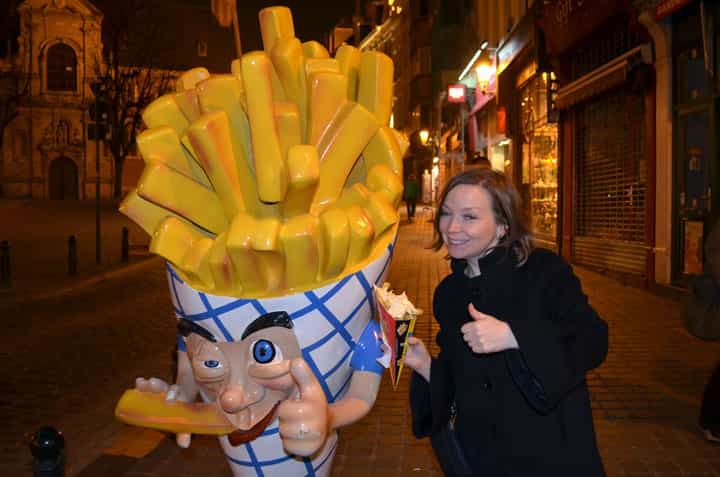
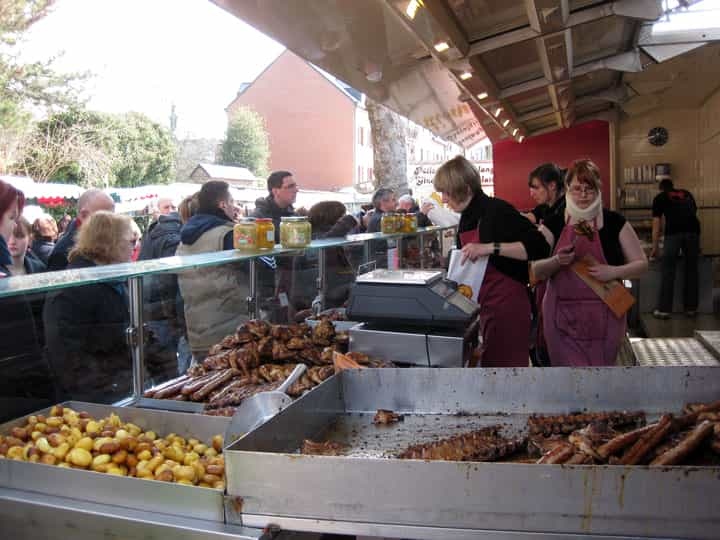
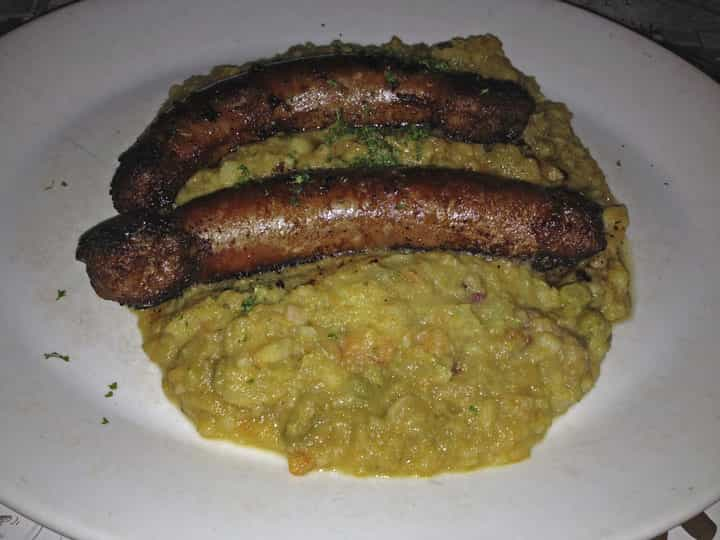





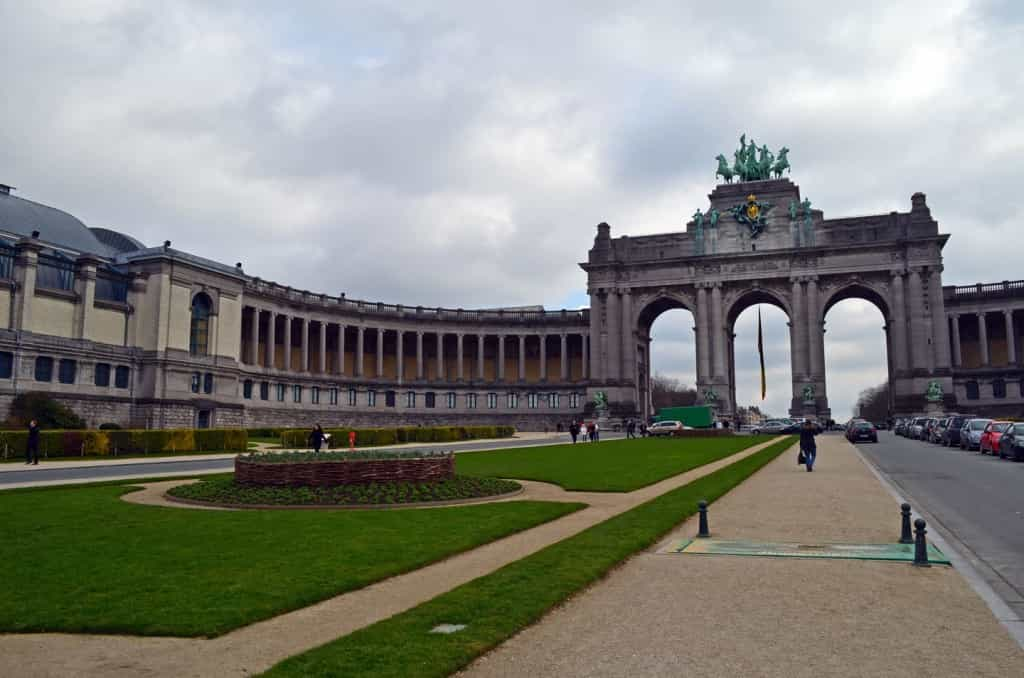


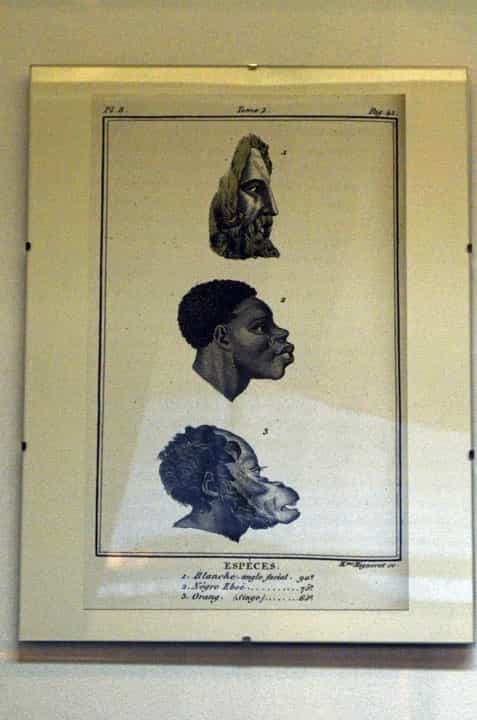



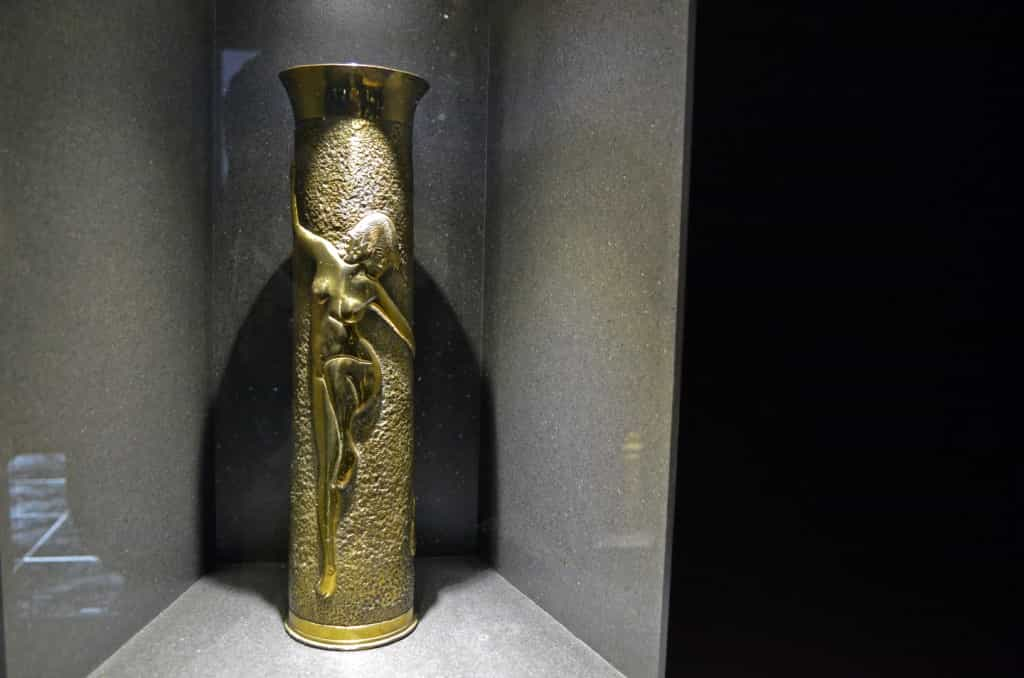


5kg posting? More like 15kg posting !!!! And you are always welcome to use our place a as a way point going to and coming from some exotic destination
I’m glad it’s a standing offer, because Toronto is a far more likely way point than Herchies!
Bruges, la magnifique ! Les Flamands vous répondent plus volontiers en français si vous leur dites que vous n’êtes pas belge.
My favourite museum. Linked to WWI, it’s worth to visit Dinant fort and castle after Namur, south-east of Brussel. Best regards
Thanks Valentin. I’ve never been to Namur. Hope your trip back to Sofia went well. Thanks for visiting Bucharest with me!